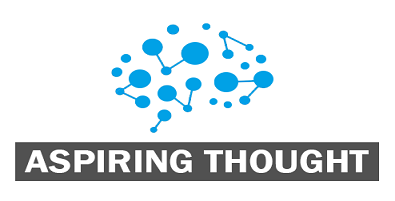Singpass integration has emerged as a game-changer for both businesses and individuals in Singapore. Whether you are a company looking to implement single sign-on federation services or a developer exploring Singpass OIDC, understanding how to leverage these tools effectively is essential. But is Singpass integration just another security upgrade, or is it the key to unlocking a frictionless digital ecosystem? As Singapore continues to push the boundaries of secure digital identity management, businesses must keep up with the latest advancements or risk falling behind. This guide will break down everything from cost vs. value considerations to insider tips on making Singpass integration work for your organisation.
What is Singpass Integration?
At its core, Singpass integration allows businesses and government agencies to streamline authentication processes using Singapore’s national digital identity platform. With over 4.5 million users, Singpass is the gold standard for secure online authentication, enabling users to log in to multiple services with a single identity.
One of the key technologies powering this ecosystem is Singpass OIDC (OpenID Connect). A protocol that enables secure and efficient user authentication. Unlike traditional username-password logins, Singpass OIDC ensures enhanced security by leveraging federated identity authentication. This means that users no longer need to remember multiple credentials, reducing the risk of phishing attacks and password breaches.
Businesses can implement single sign-on federation services, eliminating the need for multiple login credentials across platforms. This is particularly useful for organisations that manage multiple digital services and need a unified authentication system to improve security and user experience.
Is Singpass Integration Worth It?
The biggest question businesses ask before implementing Singpass integration is: Is it worth the investment? While the initial setup may involve technical complexities and integration costs, the long-term benefits outweigh the expenses.
Firstly, cost savings come in the form of reduced administrative overhead. Traditional authentication systems require constant maintenance, password resets, and user verification processes, which demand valuable IT resources. With Singpass OIDC, businesses can eliminate these inefficiencies and cut operational costs.
Another significant value proposition is enhanced security. Cyber threats are evolving, and weak authentication methods leave businesses vulnerable to attacks. By adopting single sign-on federation services powered by Singpass, organisations benefit from government-backed cybersecurity measures, ensuring compliance with Singapore’s digital security standards.
Beyond cost savings and security, customer experience is dramatically improved. Users no longer need to create multiple accounts across different services, reducing friction and boosting engagement rates. In sectors such as finance, healthcare, and e-commerce, where seamless user access is crucial, Singpass integration has been proven to increase conversion rates and customer retention.
How to Maximise Singpass Integration
While Singpass integration offers clear benefits, businesses must implement it strategically to reap maximum rewards. Here are some insider tips to optimise the process and make the most of Singpass OIDC and single sign-on federation services.
1. Understand Your Integration Needs
Not all businesses require the same level of Singpass integration. Some may only need basic authentication, while others might benefit from multi-factor authentication (MFA) and consent-driven data access. Conduct a thorough needs analysis to determine the best approach for your organisation.
2. Work with Certified Integration Partners
Singpass integration involves technical expertise, and working with a certified partner can significantly streamline the process. Companies offer customised solutions tailored to business needs.
3. Ensure Compliance with Regulatory Standards
Since Singpass is backed by Singapore’s government, compliance with data protection laws and cybersecurity regulations is crucial. Businesses must adhere to Personal Data Protection Act (PDPA) requirements and ensure all user data is handled securely.
4. Monitor Performance and User Adoption
Once Singpass integration is implemented, businesses should monitor system performance and track user adoption rates. Gathering feedback from customers and employees can help fine-tune the authentication process and improve overall efficiency.
5. Explore Future Expansion Opportunities
Singpass is constantly evolving, with new features such as biometric authentication and AI-driven fraud detection being introduced. Businesses should stay updated on new Singpass capabilities and explore opportunities for further integration in digital transformation strategies.
The Future of Digital Identity in Singapore
The digital identity landscape is shifting rapidly, and Singpass integration is at the forefront of this transformation. As businesses and government agencies move toward a more seamless and secure authentication experience, implementing Singpass OIDC and single sign-on federation services is no longer optional—it’s a necessity. From cost savings and enhanced security to improved user experience and compliance, the benefits of Singpass integration far outweigh the initial setup challenges. Businesses adopting this technology will position themselves as leaders in digital security and user-centric services. Those who delay may struggle to keep up. If your organisation is considering Singpass integration, now is the time to act.
The future of secure and efficient digital authentication is here—are you ready to embrace it? Connect with AdNovum Singapore today.

